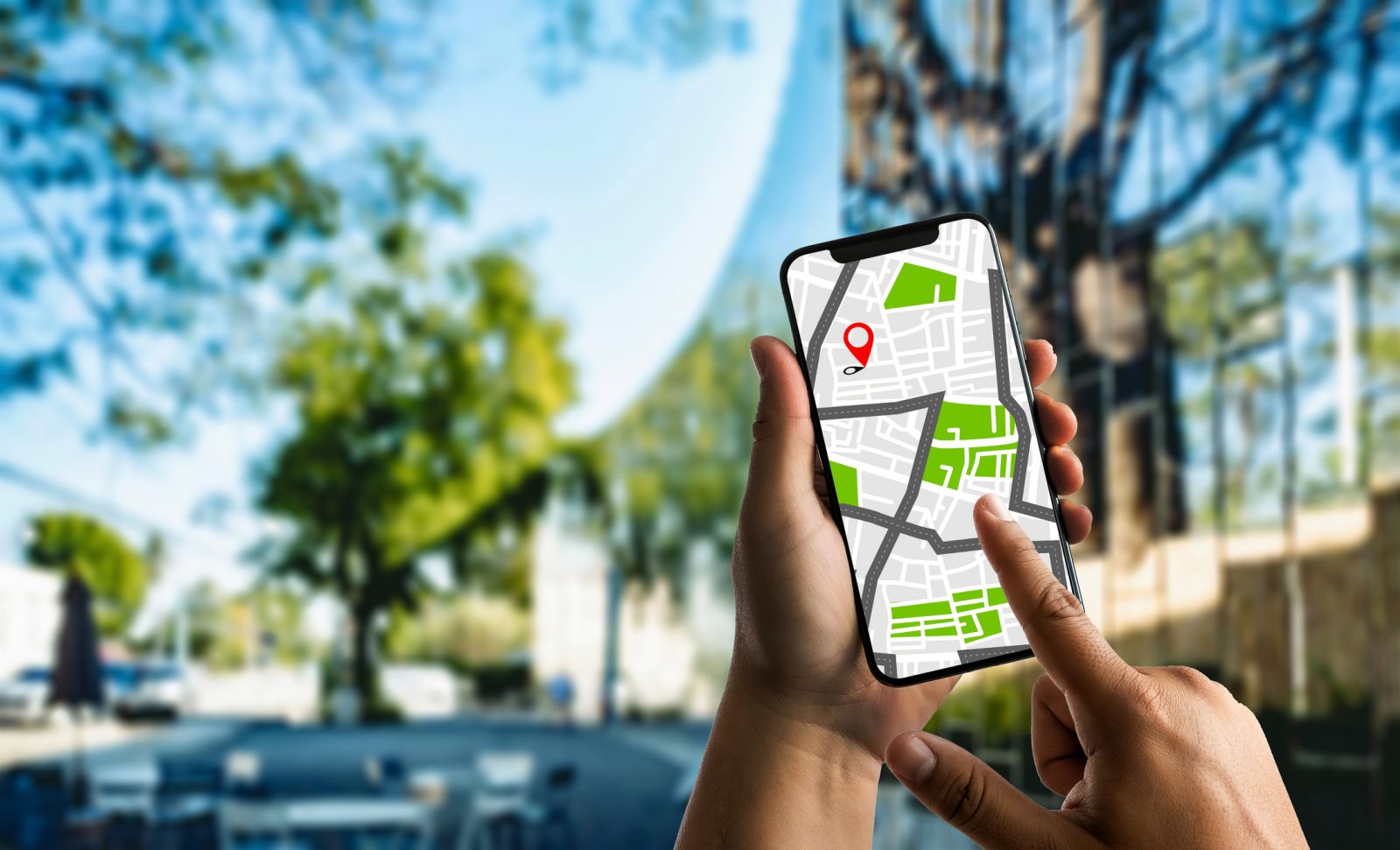Editor’s note: This post was originally published in June 2021 and has been updated for comprehensiveness.
The main goal of marketing has always been to deliver the right message to the right people at the right time. Most of our marketing strategies are based on this: search engine marketing, listing portals, remarketing, and even social media marketing. Homebuilder marketing professionals now have another tool to add: location-based marketing, specifically geofencing.
If you’ve ever received an alert or app notification after passing a store, you’ve experienced geofence marketing. Geofencing is a great way for home builders to generate more qualified leads, raise awareness, and increase foot traffic in ways that listing networks and search engines aren’t capable of.
Geofencing: What is it?
Geofencing is a type of location-based marketing that allows businesses to deliver targeted messaging to mobile devices within a predefined location with the help of the device’s GPS. These virtual fences can be configured to target a specific location (i.e., a retail store or a new home community), a demographic area (i.e., a neighborhood), a business category, a brand location, or an entire city or state.
When a mobile device enters a geofenced area, a predefined event will trigger (like a banner ad, text message, or app notification) to serve the user a message, discount, invitation, or promotion.
Benefits of geofencing
Geofencing is a powerful tool since it allows home builders to effectively target their ideal audience across multiple touchpoints. Here are some of the benefits of using geofencing.
Increase brand awareness. Geofencing campaigns are great ways to increase awareness by putting your community in front of your target audience. This can be especially helpful if you have competing communities close by! When you use geofencing, you’re able to reach people when they are on their phones and increase the chances they stop by your community even if they didn’t originally plan to stop.
Cost-effective. Geofencing’s hyper-targeted advertising allows you to more efficiently use your marketing budget by focusing more on the prospects that are more likely to convert.
Measurable. Unlike billboards or community signage, digital geofencing is trackable and measurable, allowing home builders to see how many ad impressions, conversion zone visits, or leads have converted through this channel. It’s more reliable than customer surveys done at the sales office.
Better data on walk-ins. Trying to determine where walk-in traffic came from is difficult. Most builders rely on customers to self-report but that doesn’t provide enough information, especially if the answer is, “I saw you on Google.” By contrast, geo-fencing campaigns are the only reliable way to report on the number of walk-ins generated from a digital campaign.
Make data-based improvements. Make data-based decisions to improve or optimize your geofencing marketing. Adjust calls-to-action, targeted areas, or even ad copy to boost engagement from your target audience.
Best practices for your marketing strategy
Keep these best practices in mind when developing a geofencing marketing campaign.
Know your audience. Your target audience is an essential part of your campaign. It’s important to understand who your target audience is, what they want, and where they go so you can create an effective geofence area and develop ads that will engage and convert home buyers.
Be strategic with targeting. The key to an effective geofencing marketing campaign is to keep your targeted area small. The general rule is to keep your geofenced area to a four-to-five minute driving distance from your community to make it convenient for homebuyers to visit. Here are some places you can target with geofencing: your community location, competitors’ community locations, related businesses (like mortgage brokers or banks), and nearby streets or zip codes. If you have multiple communities, create separate geofencing campaigns for each community.
Have a clear call-to-action. This strategy works best with a call-to-action that creates urgency and provides a clear reason why visitors should stop by your sales office. General messaging like ‘Grand Opening’ or ‘Now Selling’ aren’t effective because they don’t provoke immediate action.
Review your data. Just like your other digital marketing tactics, geofencing is not a ‘set it and forget it’ strategy. Routinely review your data to make sure your campaigns are working effectively and make adjustments as needed.
Graphic Language’s geofencing program
Our geofencing partner uses a proprietary Blueprint technology to create precise virtual maps that reflect the real world. This technology is more accurate than traditional radial targeting, making it possible to create granular targeting. In short, you can pinpoint a specific location and exclude people visiting nearby locations.
The use of this Blueprint technology also means you have more accurate data. While other providers generally report on estimated visits, this platform reports on true 1:1 visits.
Here are some ways our clients are using geofencing to supplement their marketing strategy:
Local Targeting: creating boundaries around specific neighborhoods, communities, airports, schools, and more around their communities to serve ads to potential buyers while they are at these locations or later on depending on their strategy.
Open House Targeting: geofencing nearby open house events to reach users already in the market for a new home within the same price range as their homes.
Real Estate/Broker Offices: targeting people visiting brokerages.
Here are a few success stories our homebuilder clients have seen with geofencing:
Builder A, a multi-state builder, has been using geofencing for general campaigns and achieved the following:
- 1,172,932 impressions, 31,859 reach
- 152 sales office visits!
- Only $77/per visit!
Builder B, a regional builder based in Florida, utilized geofencing in support of an open house promotion and achieved the following in only 1 week:
- 40,474 impressions, 19,211 reach
- 47 sales office visits!
- CPA of $8.60/visit!
Create more walk-in traffic with geofencing
Smart home builders are adding geofencing to their digital marketing strategy to reach potential home buyers. Want to add geofencing to your digital marketing strategy? Contact us today and see how geofencing can fit into your 2024 digital marketing strategy.
